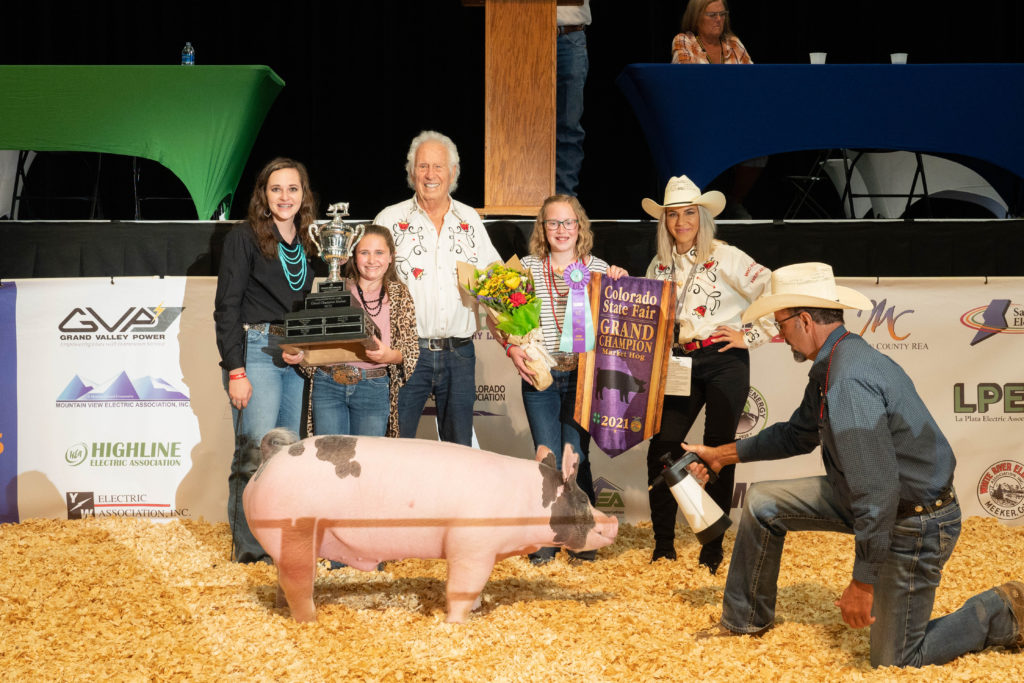
The agricultural revolution fulfills a rising need for sustainable agriculture, farm automation, and digitization. Emerging agricultural trends represent a change toward modern agriculture, marking a shift towards adequate time and resources while minimizing crop losses. Although these trends remain different, most of them lead to two key themes: new technology and climate-change solutions. Let’s look at some of the latest trends in the food and farming sector.
The Internet of Things (IoT)
Traditional farming takes a lot of work, time, effort, and physical tools to watch agricultural fields. But IoT technologies are replacing these old ways of doing things. An IoT device has one or more sensors that collect data and send accurate information in real-time through mobile apps or other methods.
These sensors can be used for various tasks, such as detecting soil, humidity, temperature, and tracking plants and animals. It also lets farmers keep an eye on their farms from far away, making farming easier.
IoT sensors are also being used to automate water flow to crops in modern irrigation systems. These sensors are rain sensors, evapotranspiration sensors, and sensors that measure how much water evaporates from the soil.
Agricultural Robotics
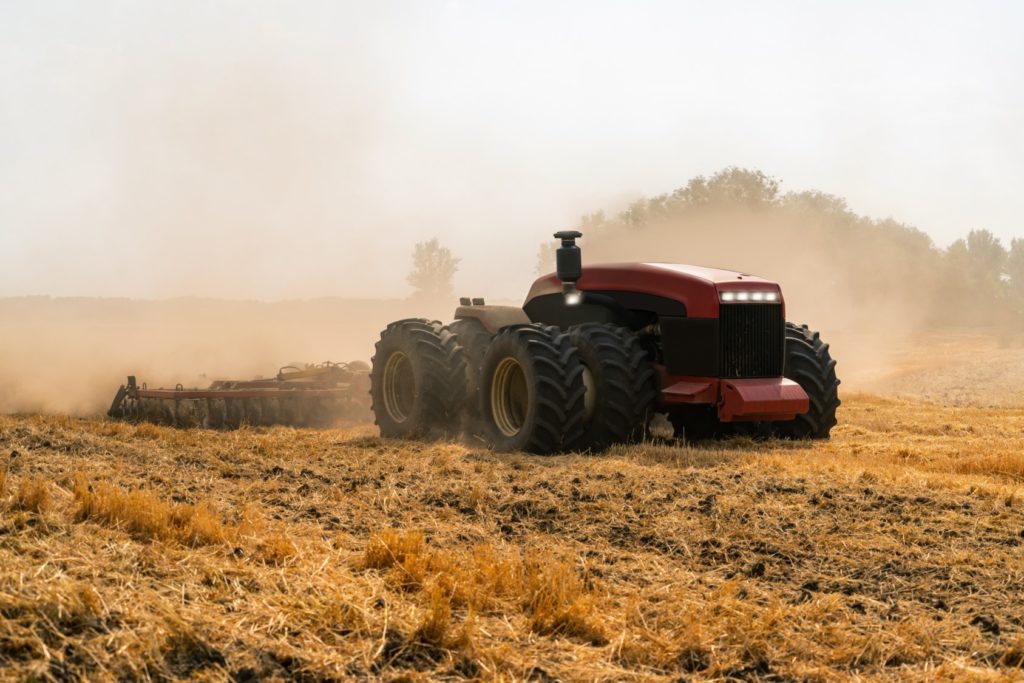
Labor shortages are a big problem for farmers, so people with good ideas are making agricultural robots to help farmers harvest, spray, plant, pick fruit, transplant, and weed. Farmers increasingly rely on robots to do tedious tasks in the field.
For example, they use intelligent farming tools like autonomous and semi-autonomous tractors with GPS when harvesting. The auto-steer technology on these tractors makes it easier to get around in the field.
Robots are used in automated systems for taking care of livestock, like milking machines, incubators, computerized scales, etc. This technology lets farmers worry less about slow operations and focus more on increasing their overall output.
Artificial Intelligence
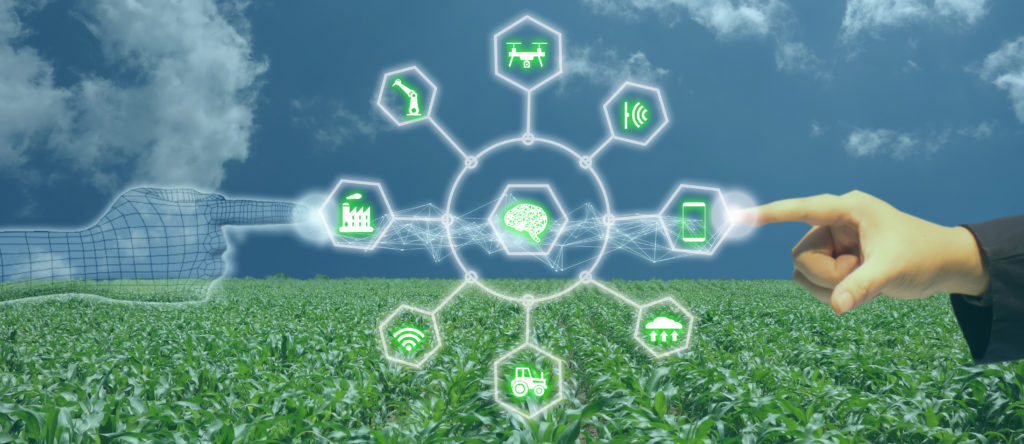
In agriculture, artificial intelligence gives farmers real-time information about their fields to work on them. AI can tell what will happen with crop yields, weather data, and prices, making it easier for farmers to decide what to do. Like Amazon’s “Alexa”, chatbots for farms develop ideas and give suggestions.
ML and AI algorithms can also automatically find problems and diseases in plants and animals, making it easier to find the problem immediately and, if necessary, fix it. In biotechnology, ML algorithms are also used to help choose which genes to use.
AI makes it easy for farmers denied traditional loans to get money. AI is being used in different ways by startups to develop creative ways to improve the quality of agriculture. Harvest Quality Vision (HQV), for example, is a new agricultural technology that analyzes the quality and quantity of fruits and veggies.
Applying Nitrogen with Precision
Concerns about the role of agriculture in making the greenhouse gas nitrous oxide have led to the accurate use of nitrogen fertilizer. The GreenSeeker Sensing System and the Field-IQ Input Control System assist farmers in meeting the nitrogen needs of plants without using too much fertilizer, causing costs to go down and profits to go up. Research has found that using the GreenSeeker with barley cut nitrogen inputs by half while keeping production the same.
Precision Agriculture

All industries need sustainable agriculture solutions because the environment is worsening. In agriculture, sustainability means using methods and materials that have little or no harmful effect on the environment.
Sustainability is shown by Site-Specific Crop Management (SSCM), also called “precision agriculture”. It’s a way for farmers to improve crop quality and production by using specific resources, like water, herbicides, and fertilizers.
Different parts of the field have different soil types, slopes, and amounts of sunlight. Treating the whole farm with the same method doesn’t work and wastes time and money. Because of this, many entrepreneurs come up with solutions for precision agriculture to increase profits and help the environment simultaneously.
Drones
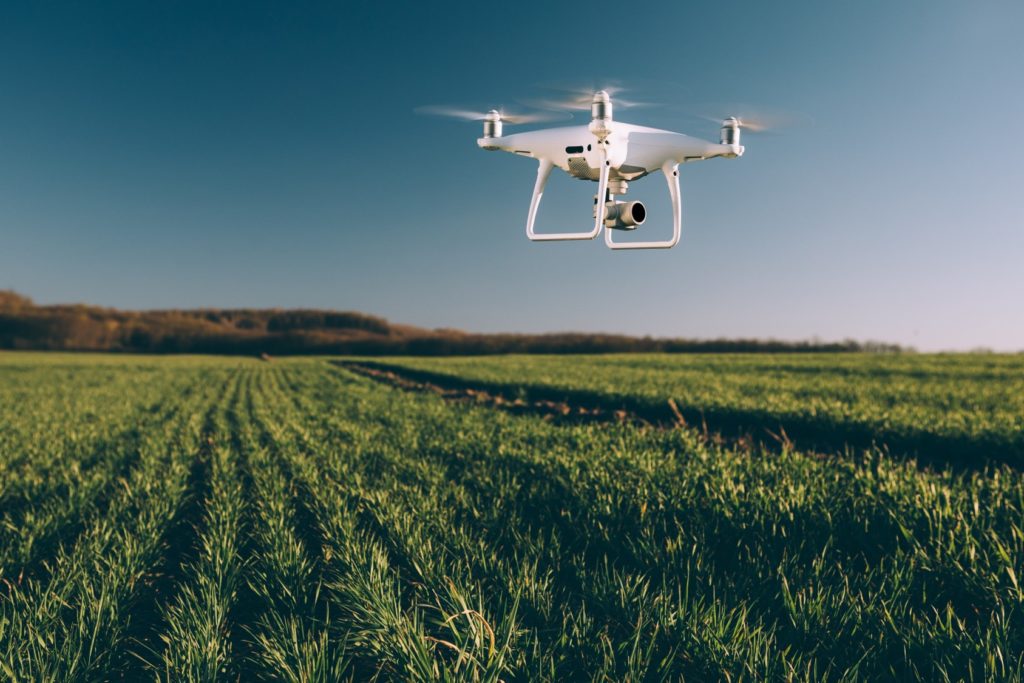
Drones are another new idea that has helped bring about the agricultural revolution. Drones, also called Crewless Aerial Vehicles (UAVs), help farmers increase farm output and cut costs. They collect raw data, which is then turned into information to keep an eye on agriculture.
Drones with cameras can take pictures and make maps of nearby and faraway landscapes to get the most out of fertilizers, pesticides, seeds, and water.
They fly over fields and take pictures that range from simple visible-light shots to multispectral imaging that helps scientists study soil, fields, and crops. Unfortunately, they are not suitable for keeping an eye on birds because their mobility scares them.
For others, like monitoring livestock or cattle, crop cultivation, and grazing, farmers can use low-cost but essential tools to evaluate their lands. Startups are also making drones that can measure chlorophyll levels, soil chemical and mineral makeup, and the number of weeds in an area.
Agricultural Biotechnology
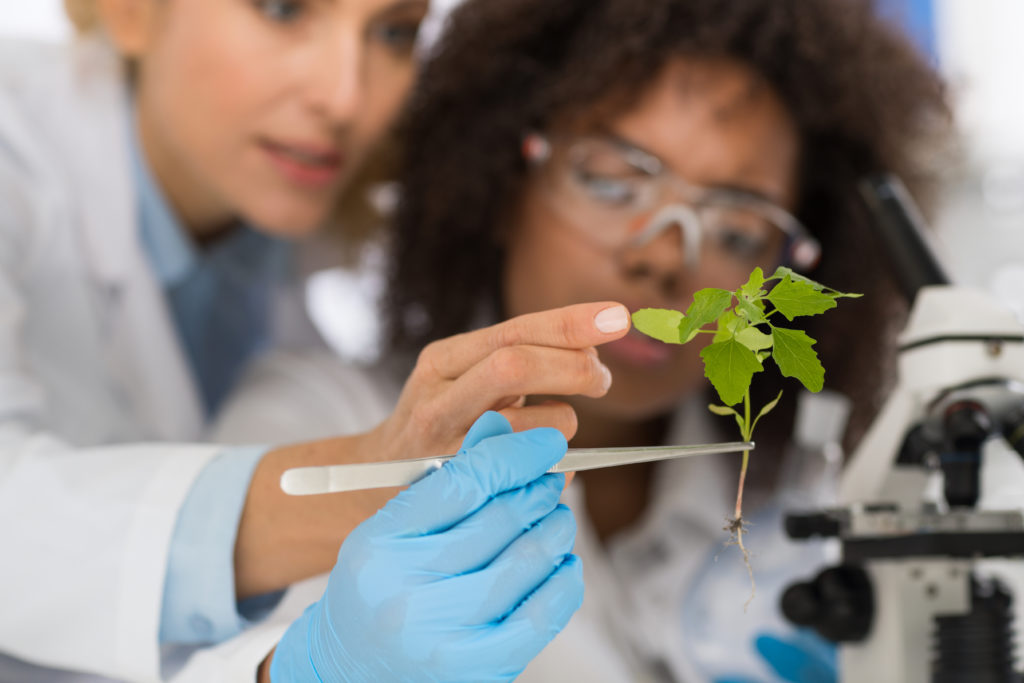
Pests and diseases kill a lot of the crops that farms grow. Agrochemicals are often used in farming but are not the best way to do things in the long run. Still, biotechnology in agriculture improves the quality of both livestock and crops. Hybridization, plant breeding, tissue culture, and genetic engineering are methods used in agricultural science to find better-quality plants.
The CRISPR-Cas9 technique for editing genes improves speed and accuracy while making it easier to hit the right target. It makes transgenic plants with good qualities, like being resistant to diseases and insects and making a lot of food, making agricultural production more profitable.
Startups use agri-biotech to make biopesticides, organic fertilizers, bioherbicides, and plastics that break down naturally. These methods solve problems with toxic soil while causing minimal environmental damage.
Conclusion
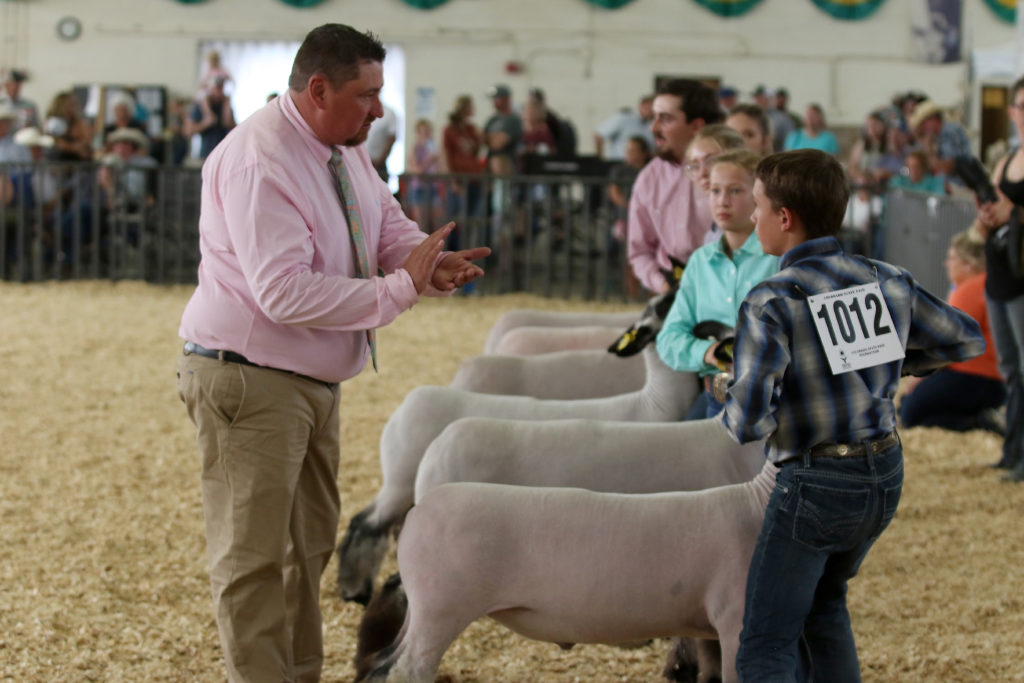
The agriculture industry is experiencing massive changes in both developed and developing countries. Due to these changes, agriculture is becoming more profitable to farmers. Farmers can even work from home with today’s agriculture by deploying sensors, IoT devices, and automated systems. Isn’t that incredible?
If you want to see some of these technologies in-person, you should plan a trip to the Colorado State Fair this summer. You’ll also enjoy other fun things such as rodeo shows. Call us at 719-561-8484 for more information!


